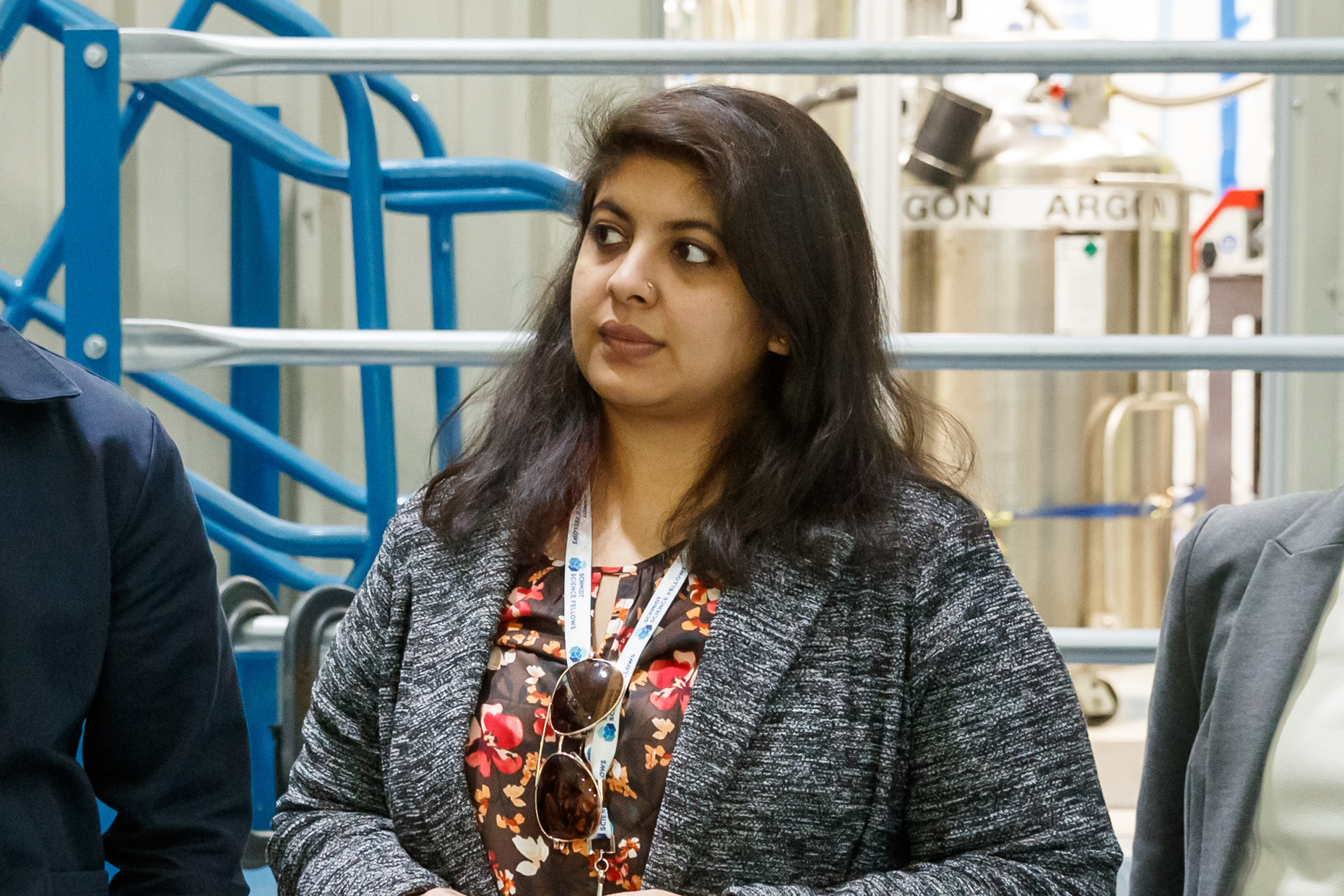This blog features in UN International Day of Women and Girls in Science 2021.
On October 7, 2020, the Nobel Prize in Chemistry was awarded to Jennifer Doudna and Emmanuelle Charpentier. This marked a day of absolute excitement and inspiration for many women in science, including me, as this was the only science Nobel Prize ever to be won by two women. I spent a large part of the day following the celebrations that were going on in the scientific community. At some point during that day, my husband asked me who my female scientist role model was as a child. After a lot of thinking, I realized I didn’t have an answer. This was very disheartening for me because I grew up in a scientific environment in India and being surrounded by science it should have been easy to have had a female scientist role model.
Professor Lucy Shapiro, a developmental biologist at the Stanford School of Medicine, is arguably one of the best orators that I have ever met. – Kaz Chakraborty
A passion for chemistry and biology influenced me to venture into science. For my PhD I had a female mentor, Professor Yamuna Krishnan, who became one of the youngest women awardees of the Shanti Swarup Bhatnagar award, a very prestigious science award in India. Prior to my PhD, I had interned in her lab for one summer. It was during this short time I realized that her scientific drive resonated with mine. Working closely with Yamuna and witnessing her journey as an ambitious, energetic Indian scientist to becoming a tenured professor at University of Chicago was both educational and inspirational for me to a great extent. Her guidance revolved around attaining the best version of oneself and striving towards performing science at the highest caliber in a gender-neutral manner. As a woman coming from a majorly patriarchal Indian society, which frequently states what a woman should not or cannot do, I have acquired invaluable confidence and sense of belonging from her guidance. I learned a great deal not only from Yamuna but also from the graduate students in her lab that was comprised primarily of women.

During my initial Fellowship Year, I had the privilege of meeting a group of impressive women scientists. Professor Lucy Shapiro, a developmental biologist at the Stanford School of Medicine, is arguably one of the best orators that I have ever met. She captivated the room with the story of how she started as an art major in college but changed her career choice after taking a serendipitous organic chemistry course. She spoke about how later in her career, she and her husband ran integrated labs in which their students learned biology and physics from each other’s expertise, creating a perfect hub for interdisciplinary science. Similar conversations with Jennifer Doudna at the University of California, Berkeley were incredibly motivating. One of the key aspects I took from these conversations is her sense of responsibility and understanding of the ethical implications of her discoveries. This is something that I never really considered but is very important to keep in mind as we make our own scientific discoveries. The women scientists I’ve met and the ambitious Schmidt Science Fellows women motivate me every day. In every one of these women, I see a little bit of myself and what I am aspiring to achieve. Although I started my academic journey based purely on a passion for science, I am not sure if I would have been able to continue on this path without my interactions with this group of enterprising women researchers. Throughout my life, I have also been lucky to have male mentors, male role models and family members who support women in science.
As a female researcher, I will work to improve the visibility of women scientists not just within the scientific community but also in schools and colleges to assist young aspiring female students in finding their role models.
By realizing this I resolve to offer my deepest support to the next generation of researchers. The gender gap in science is still a daunting reality with larger differences seen in developing countries like India. Although the All-India Survey on Higher Education (AISHE) reports close to equal numbers of male and female students in higher education and graduate schools, the numbers are skewed towards men at senior professor levels. This is clearly reflected in awards and recognitions such as the Shanti Swarup Bhatnagar award, that has been awarded to over 500 Indian researchers with only 3% of them being women. Such ratios exist even with gender-neutral salaries and many women-centric funding opportunities and policies. Academic institutions need to improve recruitment, retention, and recognition of their female faculty. As a female researcher, I will work to improve the visibility of women scientists not just within the scientific community but also in schools and colleges to assist young aspiring female students in finding their role models. We have a long way to go but I am confident that with continual efforts by my peers, mentors and myself, someday two women winning a noble prize won’t be a big deal as it hopefully will have become a very common phenomenon in science.